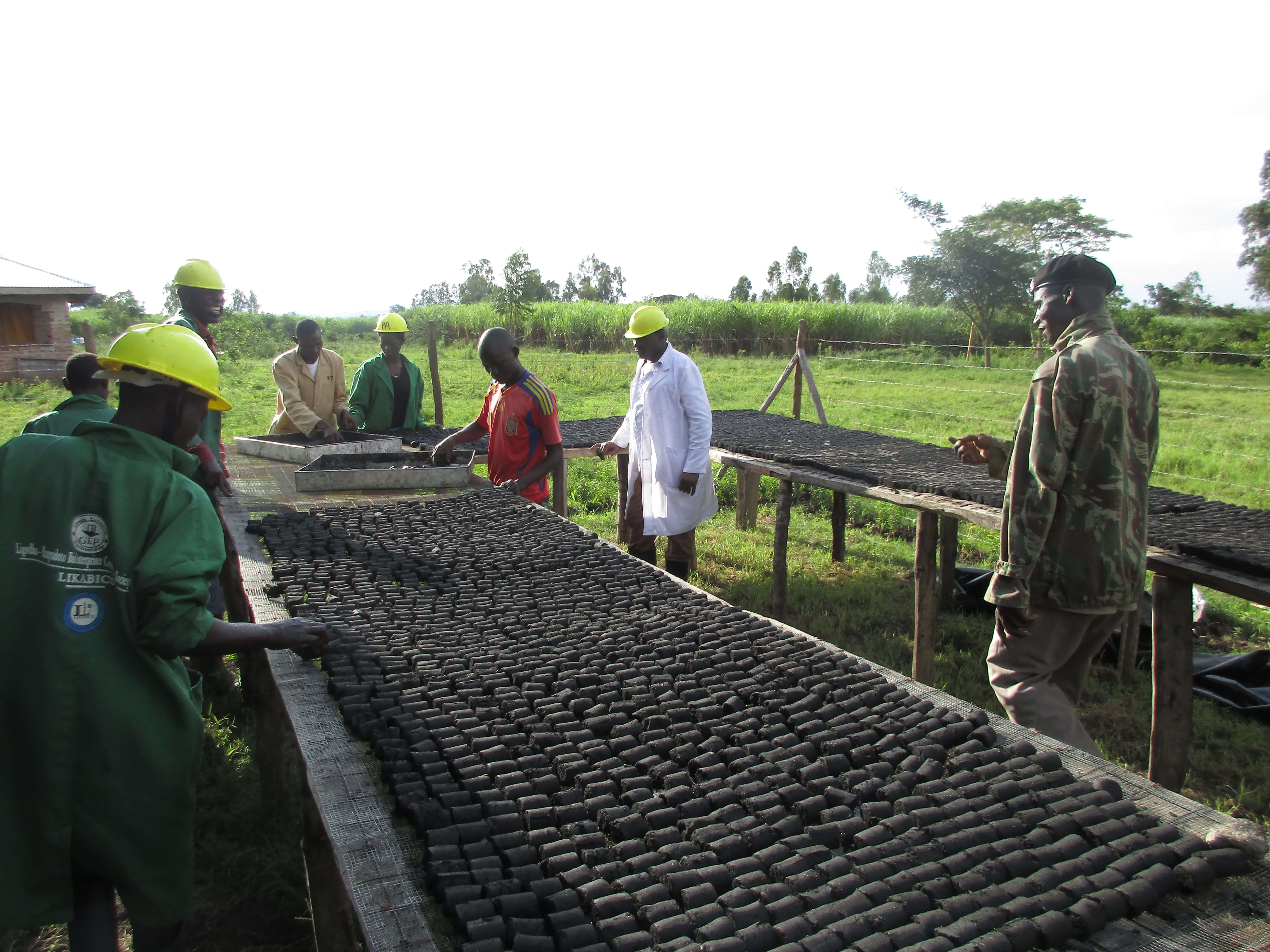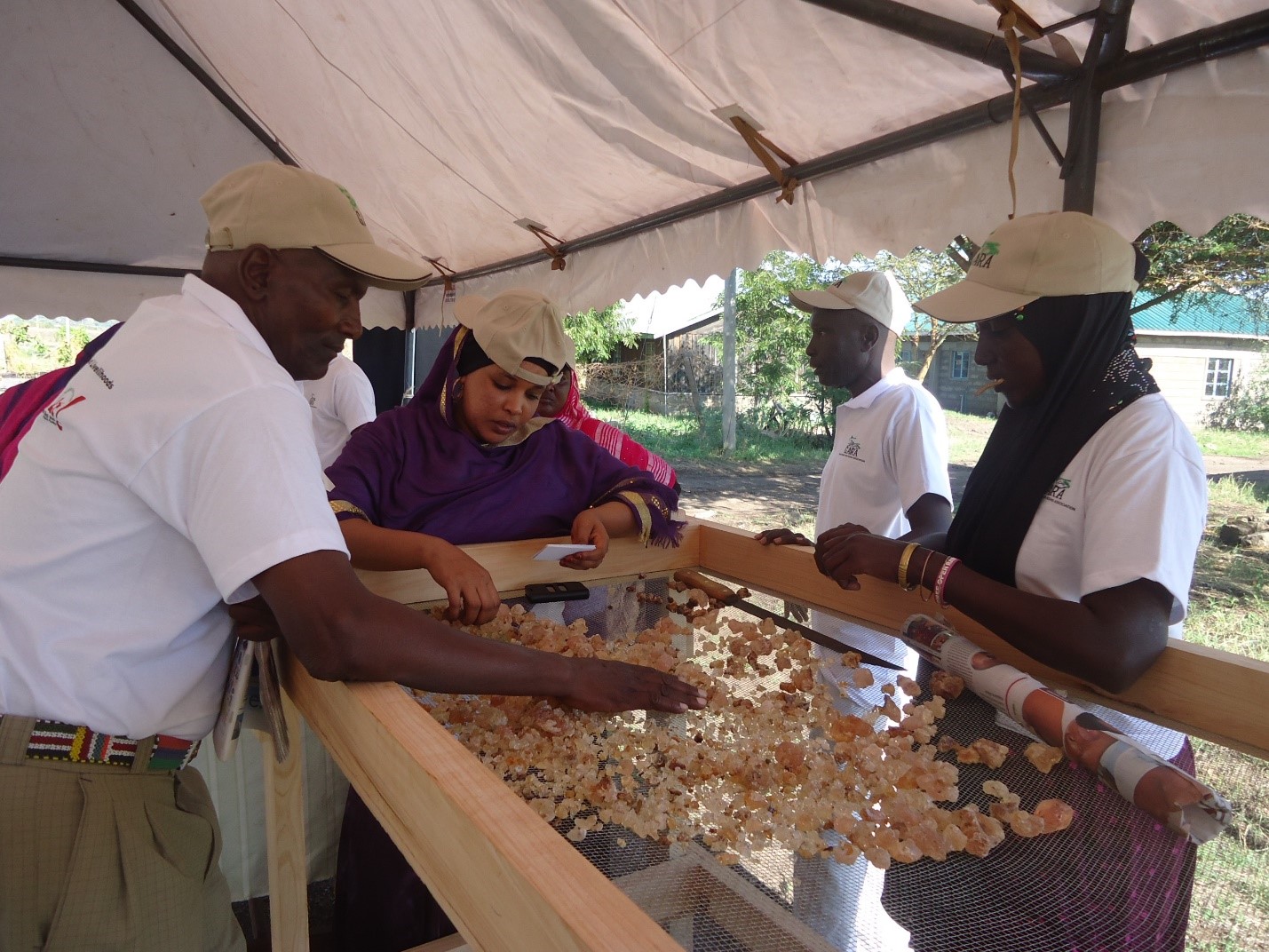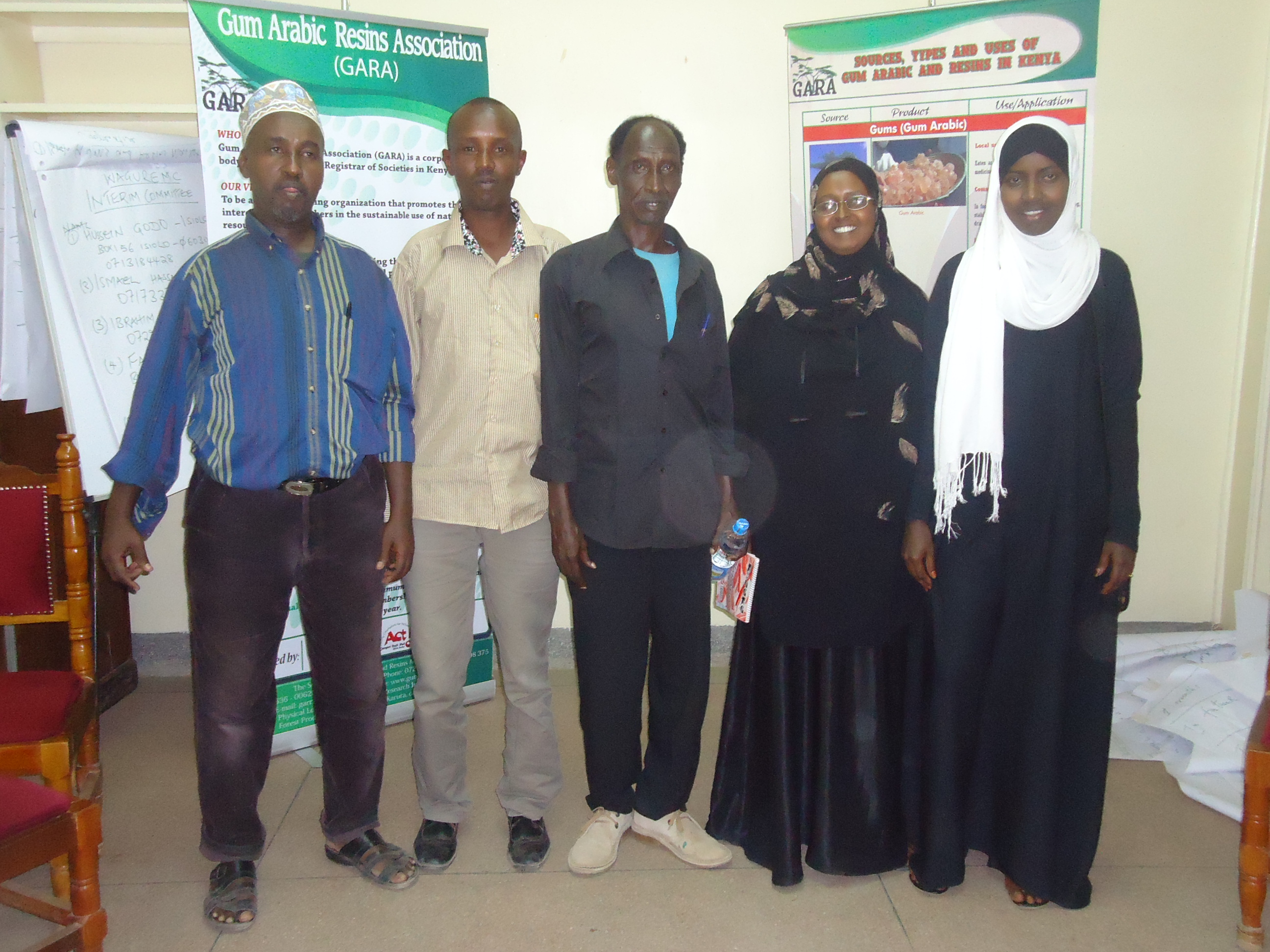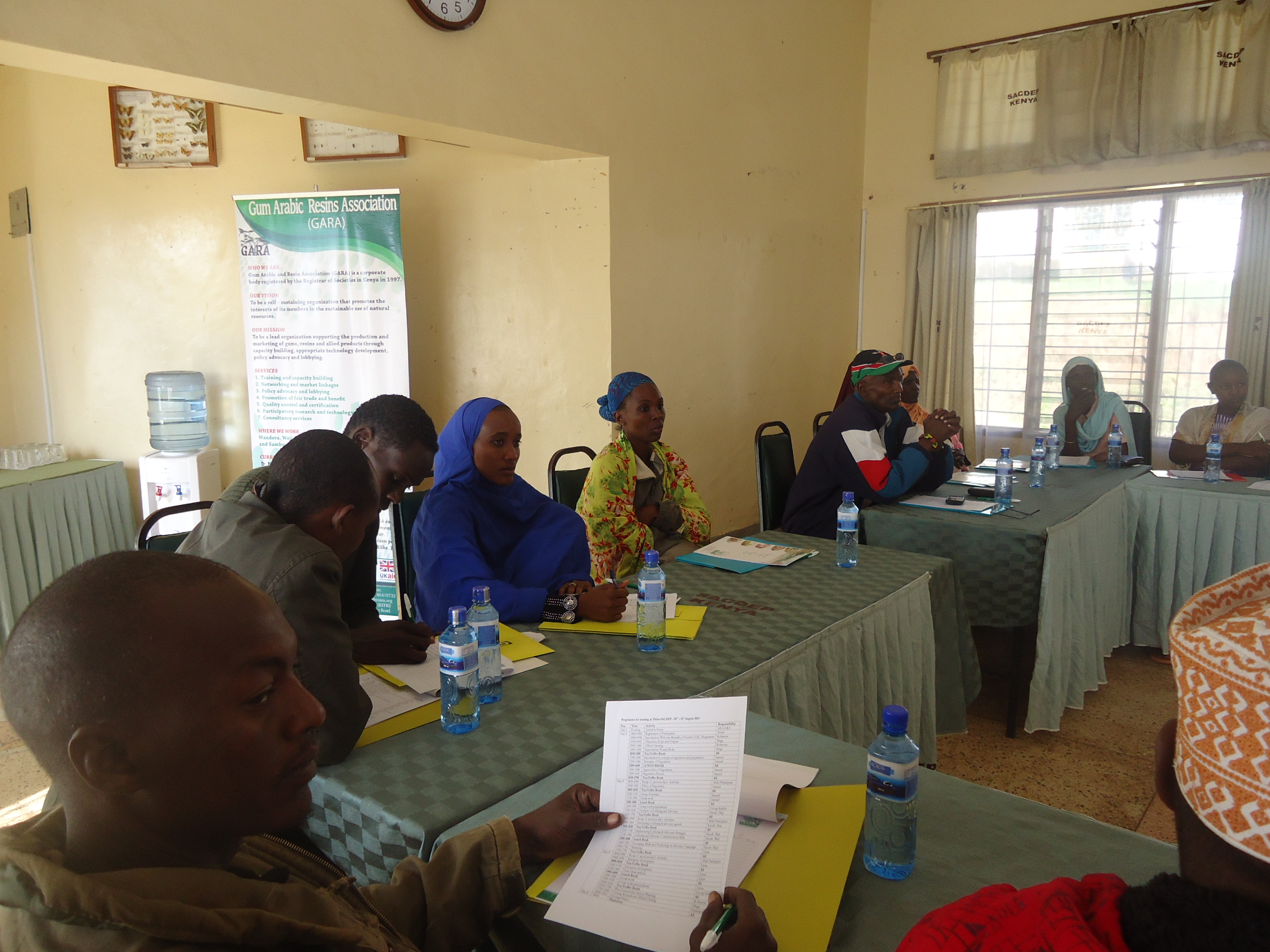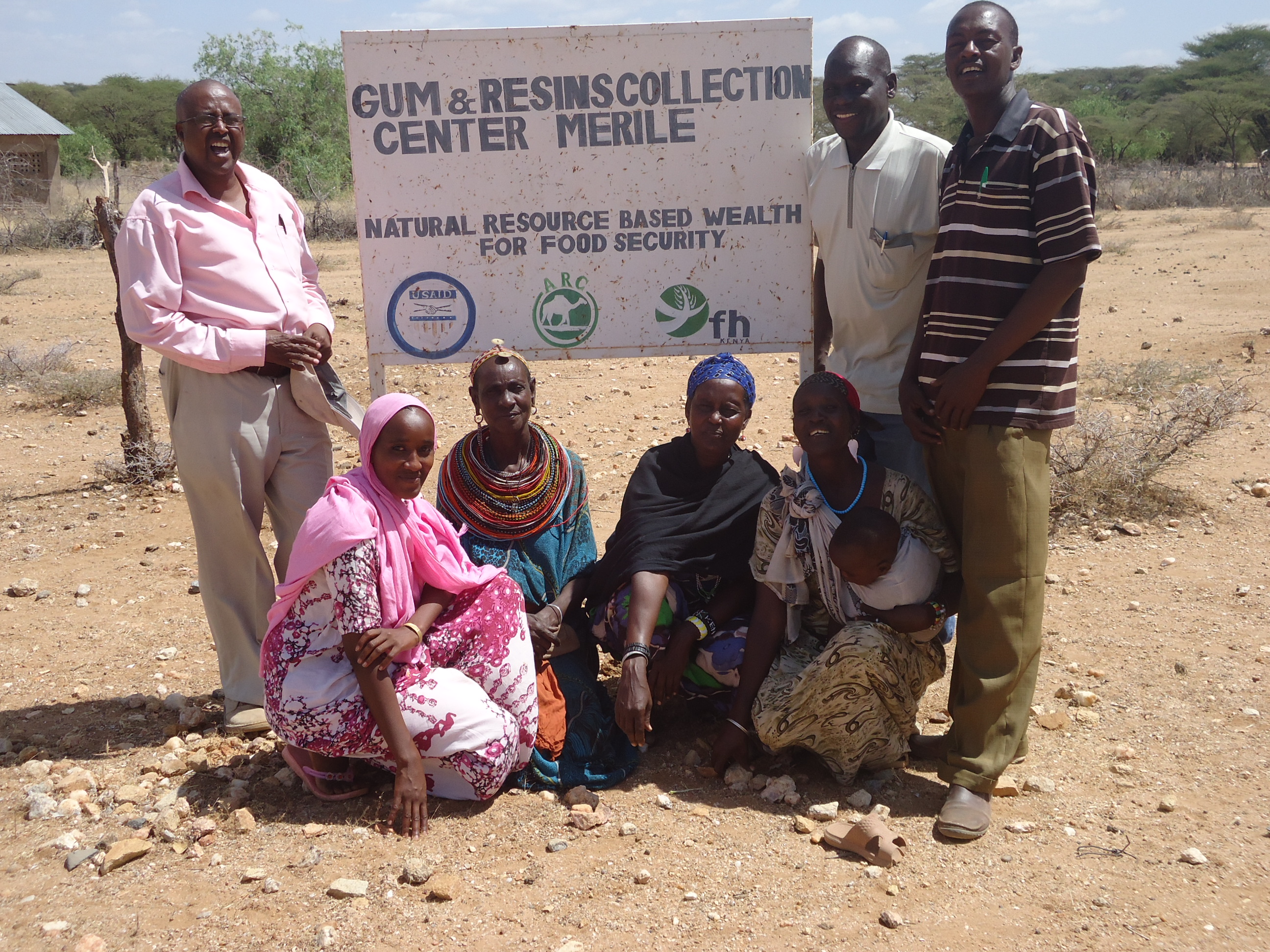-
Project 1: Solutions for Clean Cooking: Dissemination of efficient cookstoves and sustainable briquettes (SCCP) – 2024-2026
Description
Despite the abundance of natural resources in Kenya’s sugar belt, poverty is high due to population growth, unemployment, and depletion of natural resources. Over 70 per cent of households use wood fuels in combination with inefficient cookstoves for cooking, while at the same time unused, sugarcane bagasse is dumped in open fields, resulting in the release of methane. The two-year project, funded by the Institute of Climate Initiative (IKI) through German Agency for International Cooperation (GIZ), builds on previous initiatives, which established two community cooperatives for producing carbonized briquettes from sugarcane bagasse to replace wood charcoal for cooking and heating in households, institutions and enterprises. The project aims to promote the use of efficient cookstoves, using bio-briquettes made from sugarcane bagasse instead of firewood to contribute to emission reduction, forest protection, and biodiversity, while improving the health and income situation of the target group. The target group consists of 200 members of two village cooperatives, who are to participate in the production, marketing, and use of the cookstoves and bio-briquettes. The measures include awareness raising, capacity development, and support in setting up businesses and dialogue measures with government and sector representatives. In addition, the project supports organizational capacity development through: reviewing and updating current organizational policies and procedures; training on Life Cycle Analysis (LCA) for efficient cookstoves, firewood, charcoal, and carbonized briquettes; and training on lobbying and advocacy for natural resources management and climate actions.
read more...
Achievements:
-
Setting up and strengthening of Project Management Unit (PMU) with offices at KEFRI-Karura and field offices at LIKABICS, Ndhiwa;
-
Project inception meetings with project partners and collaborators including GARA Board, KEFRI, LIKABICS, SINOKA and JOOUST;
-
Assessment of technologies for charcoal/ briquettes cookstove models in Nairobi, Kisumu, Homa-Bay and Migori counties undertaken;
-
Consultative workshop of GARA Board members and staff for review and updating of organizational policies and procedures held;
-
Project monitoring and engagement conducted with officials of Homa-Bay County Government and KEFRI sub-regional office.
Partners & Collaborators
- Gum Arabic and Resins Association (GARA) – Lead applicant and manager;
- Kenya Forestry Research Institute (KEFRI)
- Ligodho-Kanyadoto Bioenterprise Cooperative Society Ltd (LIKABICs)
- Jaramogi Oginga Odinga University of Science and Technology (JOOUST)
- Kenya Forest Service (KFS);
- County Government of Homa-Bay;
- Sinoka Bieoenterprise Cooperative Society Ltd (SINOKA).
-
Project 2: Improving Framework Conditions and Skills for Private Sector Development in Biofuel Value Chain in Kenya (Biofuel4Kenya) (2018-2022)
Description
The 3-year project with grants from Norwegian Agency for Development Cooperation (NORAD), aimed at improving framework conditions for private sector development in biofuel value chain for commercial production of carbonized biomass briquettes from agro-industrial residues in Kenya, contributing to economic growth, poverty alleviation and reduced carbon emissions. The project was anticipated to have an impact on renewable energy sector in Kenya with direct effects on the local economy, (poverty reduction) and environment of smallholder sugarcane farming households in Ndhiwa Sub-County. Environmental effects relate to climate actions through reducing deforestation by substituting natural forest-based wood fuel and charcoal, the major cause of deforestation in Kenya. The project was designed to have a direct implication on the growth of community-based biofuel enterprises by overcoming challenges related to technology, skills, initial finances and markets.
Achievements
The NORAD-funded project, led by NIBIO, engaged 10 consortium partners involving two Norwegian and eight Kenyan national and local partners with achievements and results under the following three work packages:
read more...
-
WP1: Strategic partnerships and project management: This work package involved developing the project organization and management, and implementation structure, as well as grounding the basis to facilitate the implementation of the other two work packages:
-
Developing an agreement between a private sugar producer industry and three community cooperatives for supply of waste bagasse of at least 60 tons per day.
-
Framework for cooperation between a gum and resins cooperatives/ companies and briquette cooperatives for supply of 3rd grade gum arabic as binder material established;
-
Reorganizing three village cooperatives into a business company, BioCorp Enterprises Company of Kenya Ltd) of 200 members for management of briquette business;
-
Enhanced partnership between Kenyan and Norwegian partners for establishment of a renewable energy value chain based on a waste-to-fuel production at industrial scale with a big potential for expansion of production units and consumer base.
-
WP2: Capacity building in biofuel technologies, access to raw materials and technical skills: This WP involved designing and developing a complete system of production, a system for converting biomass waste into a carbonized briquette, readily available to market. The following were the achievements under the WP:
- Briquette production micro-factories managed by two community-based cooperatives upgraded with logistics for biomass feedstock transportation, gum arabic binder material supply and briquette production technologies and systems;
- Designing and developing an efficient system for converting the raw feedstock into biochar for briquette production and as soil amendment in small farms;
- A biochar to briquette mixing and conversion system protocol including use of gum arabic as an appropriate binder material;
- Drying and storage systems for feedstock and briquettes designed and developed;
- Briquette packaging, storage, and sales.
-
WP3: Business and market development and access to financial services. The following achievements were realized under this WP:
- Stakeholder engagement for development of national standards for charcoal and carbonized briquettes;
- A sustainable business advice service for SMEs in the renewable energy value chain;
- Develop business skills and marketing, with weekly deliveries of 15 tones/week fuel- briquettes by the end of the project.
- Key market segments identification and trade-up cooperation agreements between producers with distributors and large public and private consumers for sustainable supply, distribution and consumption of clean upgraded biofuel.
Partners and collaborators
- Gum Arabic and Resins Association (GARA);
- Kenya Forestry Research Institute (KEFRI);
- Norwegian Institute of Bioeconomy Research (NIBIO);
- Royal Norwegian Society for Development (Norges Vel);
- Agriculture and Food Authority – Sugar Directorate (AFA-SD);
- Migori Juakali Cooperative Union Ltd (MJCU);
- Fine Aromas Company of Kenya Ltd (FA);
- Ligodho-Kanyadoto Bioenterprise Cooperative Society Ltd (LIKABICs)
- Sinoka Bieoenterprise Cooperative Society Ltd (SINOKA);
- Kanyakira Bioenterprise Cooperative Society Ltd (Kanyakira).
-
Project 3: Using Gums and Resins for Enhancing Environmental Conservation and Livelihood
Improvement in the
Drylands (December 2012 – September 2014)
Participation in an advocacy project supported by ACT! intended to improve
the livelihoods and
diversity of pastoral
communities through effective participation and inclusion in planning and decision-making over
gums and resins value
chain in three dry-land counties of Isiolo, Marsabit and Wajir 2012-13.
The overall goal of this 18-month project was “To improve governance and
decision-making
processes in the sustainable
conservation and utilization of gums and resins in the counties of Isiolo, Marsabit and Wajir.
This project was
supported by ACT! under the Changieni Rasili Mali (CRM) facility funded by the governments of
Sweden SIDA and DFID. It
had three objectives namely:
read more...
- To enhance participation of communities and stakeholders in review and enforcement of
laws
and policies governing the
gums and resins sub-sector;
- To strengthen and increase the participation of producer associations in the market
systems
within gums and resins value
chain and
- To increase the capacity of 30 producers’ associations in addressing environmental
degradation in the gums and resin
producing areas.
The project stakeholders were ACT CRM facility that provided funding, Kenya Forestry
Research
Institute who provided
technical support, Kenya Forest Service who are the main implementers of forestry related
policies and regulations, the
producer organizations involved in the trade of gum and resins, the county government whose
role
was to support the gums
and resins subsector by providing an enabling environment and the media whose role was to
educate the public and others
on the importance of gums and resins. The project ended in September 2014.
Achievements
Increased policy engagement at county and national level
-
The project was able to sensitize the county government in the importance of gums and
resins
as a source of alternative
source of livelihood for the people living in Marsabit, Wajir and Isiolo counties. In
Marsabit County there was
integration of Gums and Resins in the integrated plan of the county while in Isiolo, the
county government allocated
some budgetary support for the Gums and Resins subsector. The County governments of
Isiolo
and Marsabit partially
financed the participation of the co-operative in the trade fair held in Bomas of Kenya,
Nairobi where the cooperatives
were able to engage duty bearers at national and county level on gums and resins. Some
of
the counties like Isiolo are
having a investors conference next year and have put Gums and Resins as part of the
agenda
-
The project was able to carry out an awareness campaign result of an intense awareness of
gums and resins is increased
knowledge of gums and resins. One of the respondents stated that students during the
Isiolo
show appreciated that gums
and resins are used in food and is not poisonous as they thought. There was a change in
attitude among duty bearers on
issues that affect the Gums and Resins after understanding the importance of the sub
sector.
It was reported by some
members of the co-operative that the duty bearers are now keen to implement some
regulations
unlike before the project.
-
Formation of the gums and resins cooperative in the counties is an innovation. The
co-operatives are the only in the
county and over 50% of the members are women. There were producer groups that were
involved
in the trade
-
This has increased their recognition among their stakeholders in the county. It has
promoted
the development of new
relationships with new other stakeholders e.g. Waso Gums and resins are in the process
of
seeking funding from a
development organization SNV for a borehole to support the tree commercial nursery
Strengthened Market system
- Prior to the project, the quality of gums and Resins was poor. The producers would mix
the
gums and resins in one bad
leading to cross contamination of both products. The producers were also mixing the gum
from
different species of
Acacia. The producers after capacity building do not mix the gums and resins nor the
acacia
species which have led to
improved quality of gums and resins. According to one of the collectors 80% of the gums
and
resins received meet the
quality standards.
- The formation of a cooperatives has been of importance since they provide greater
opportunity for bargaining in the
market system. Currently the market is controlled by a few individuals who export the
gums
and resins, there are also
cartels. One of the cooperatives Waso has a store in which they use to bulk the gums and
resins and sell them
collectively.
- There has been increase in the production and prices of gums and resins through
tapping.
Prior to the project the
collectors would wait for the wild animals to tap and tap using an inappropriate method
that
would lead to the
destruction of the trees/ The producers/collectors go into the woodland to tap using the
appropriate method.. There was
an increase in prices from an average price of Kshs 40-50 per Kg to Kshs 120 per Kg for
the
gums.
Adoption of Climate Change adaptation and Mitigation practices
- The cooperatives were trained on climate change adaptation and mitigation practices.
During
the dry spell, it is
possible for the producers to focus on gums and resins as an alternative source of
livelihood rather and the need to
protect the trees from destruction. Both cooperatives are in various stages of
establishing
demonstration plots and tree
nurseries in their respective counties.
- The cooperatives have been able to work with the Kenya Forestry Services on reducing
the
destruction of trees especially
acacia through enforcement of the policy. Cutting an acacia tree in Marsabit now
attracts a
fine. Also be training the
producer/collectors on appropriate methods of harvesting there is reduction of
destruction
of the trees. There producer
cooperatives were trained on climate change and participated in the development of
climate
change plans at the county
level.
Gender and Community Empowerment
- In the project areas some of the poverty levels can be as high as 92%. This generally
affects women the most as they
have limited opportunities due to low levels of education, access and/or control of the
productive resources. From
discussions with target communities and other stakeholder over 50% of the collection of
gums
and resins is done by
women. Through the project has enabled the women to access knowledge and skills on how
to
improve their likelihoods.
Over 70% of the members of the gums and resins cooperatives are women. One of the male
members of one of the
cooperatives highlighted that the cooperative has enabled the women to become
co-contributors to the household incomes
instead of relying on the men.
- The community members who were trained on advocacy were able to engage the management
of an
NGO regarding their lack of
involvement or consultation in the project planning. This was unlike before where they
were
not aware on the right to
participate in their own development agenda.
Networking and Linkages
-
The project has brought cohesion of different communities (Rendille, Samburu, Borana and
Somali) on the gums and resins
agenda. This has encouraged inter county learning among Marsabit, Wajir and Isiolo. Some
of
the business men from Wajir
have begun to take interest in trading in Marsabit and Isiolo due to the proximity to
the
market. The trade fairs and
training sessions have also supported joint learning and sharing of experiences among
producers involved in Gums and
Resins.
GARA institutional capacity strengthened
-
There is increased visibility and appreciation of GARA as the lead organization in gums
and
resins. This was achieved
through the engagement of stakeholders both state actors and non-state actors like the
media. One of the media houses
wanted to do further interviews with the specialist of Gums and resin in KEFRI to
educate
the public since the previous
interview was too short. Staff capacities were enhanced in monitoring, evaluation,
reporting
and learning and advocacy
programming. The staff involved in the project were able to implement the project
properly
and strengthen advocacy at
county level. One of the stakeholders, KFS is willing to host the GARA at its local
office
in Isiolo. GARA now has
equipment’s were purchased like computers and laptops etc. this will enable to continue
with
its mandate.
-
Project 4: Creating Green Local Economy through Commercial Production of Biomass Briquettes from
Agro-Industrial
Residues in Kenya – Green Economy Partnerships (GEP)’ -2015-2017
This was a 30-month joint initiative implemented by Royal Norwegian Society for Development
(Norges Vel) in partnership
with Kenya Forestry Research Institute (KEFRI) and Gum Arabic and Resins Association (GARA) as
local partners in Kenya.
The project was financed by the Nordic Climate Facility (NCF) of Nordic Development Fund (NDF)
administered by Nordic
Environment Finance Corporation (NEFCO). The overall objective of the project was to develop the
capacity of local
enterprises in production and supply of carbonized briquettes from sugarcane bagasse in Kenya.
The project was designed
to establish five bio-enterprises in the briquettes value chain in Ndhiwa Sub-County, Homa-Bay
County, in the sugarbelt,
an area faced with a number of challenges including poverty, unemployment and deforestation. The
production of high
quality briquettes aimed at replacing wood fuel, reducing methane emissions from unutilized
bagasse, creating job
opportunities and contributing to poverty reduction. In addition, the project aimed to test and
promote biochar as soil
improver in smallholder farms.
read more...
The project was implemented to achieve results under three milestones:
- sustainable briquette production;
- market analysis and development; and
- Business development, job creation, lobbying and development of associations.
The achievements over the period were
- the establishment of 3 briquette production units in 3 locations,
- establishment of 5 bio-enterprise cooperative societies and
- Capacity building of the cooperatives in technical skills, business aspects and
technology
and knowledge transfer.
- One site established a tree nursery.
- In regard to climate change mitigation, a total of 7.7 tCO2 in a period of 17 months
was
reduced as a result of the
production of Bio briquettes with potential reduction of 109 tCO2 over 20 years. In
addition, comes a total of 3,360
tCO2 from 28 000 trees planted calculated over a period of 24 months with a potential of
33
600 tCO2 over 20 years. The
overall reduction over 20 years is then calculated to be 33 709 tCO2.
Although the project target of establishing 5 production units was not fully realized due to
unforeseen challenges, the
concept demonstrated opportunities for addressing multiple challenges facing that target
communities. The potential for
sustainability in the pilot production units is subject to a number of recommendations
including
legal confirmation of
sufficient supply of and access to sugarcane bagasse or alternative biomass feedstock,
stability
of power supply in the
region and optimisation of production processes to achieve commercial operations.
